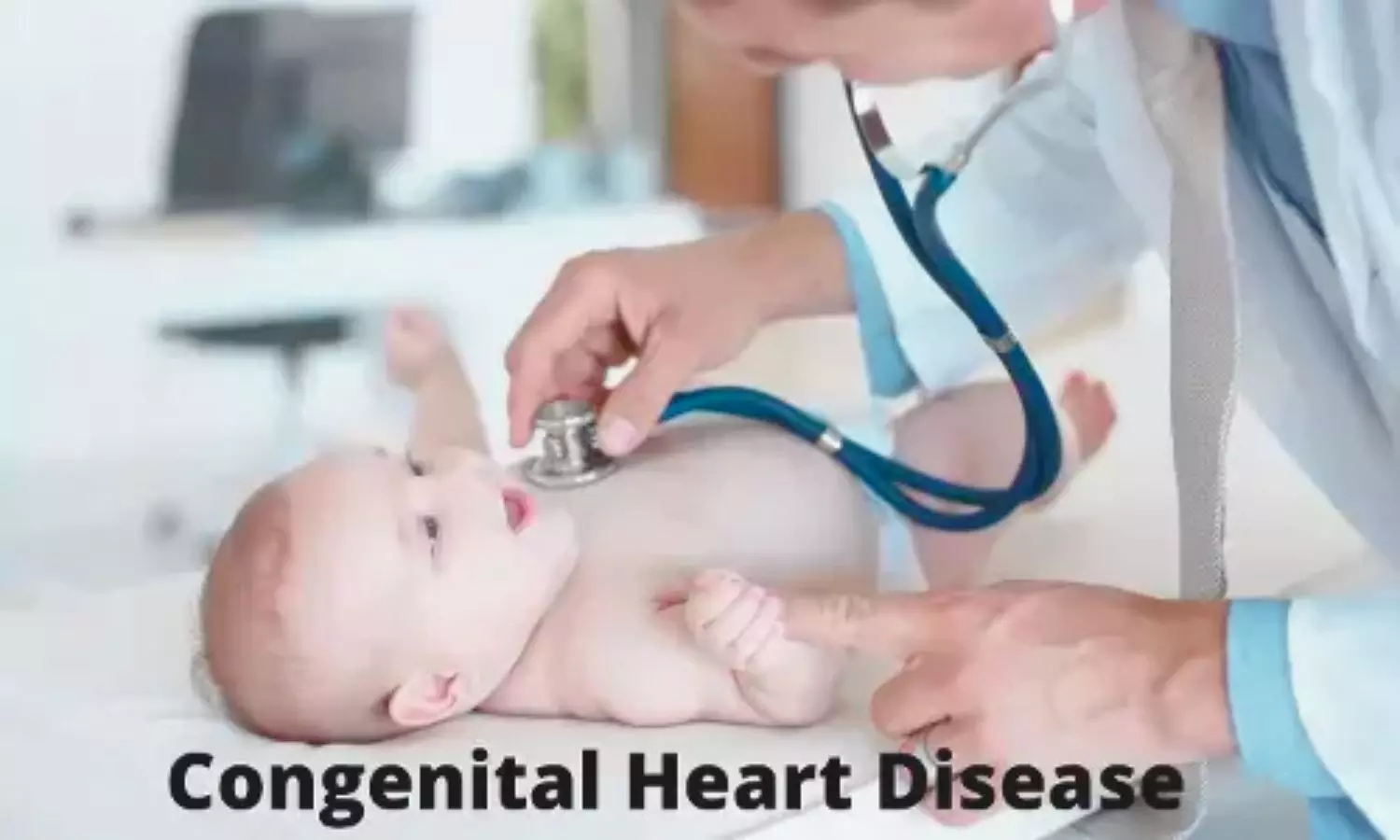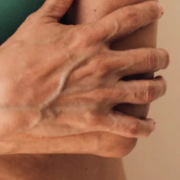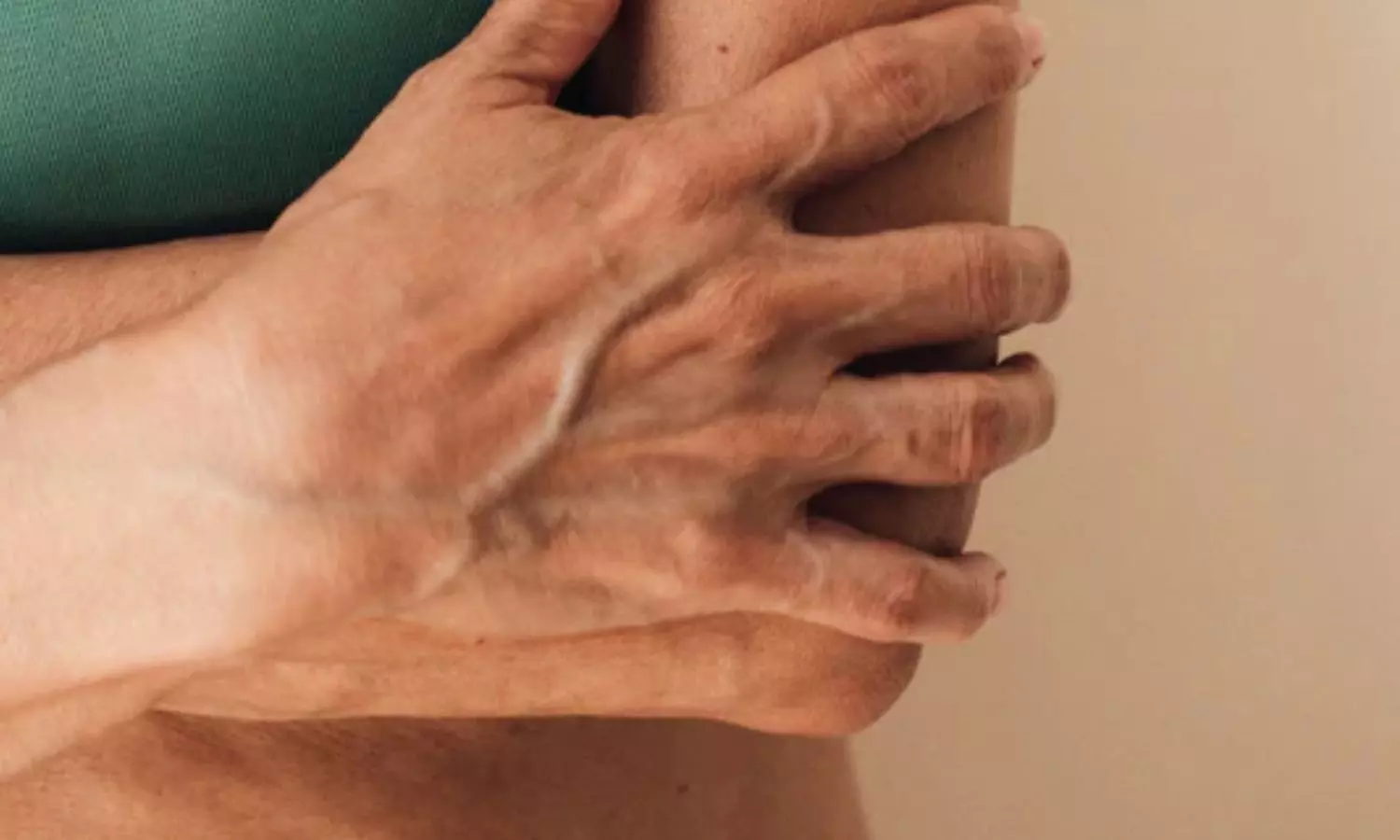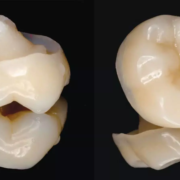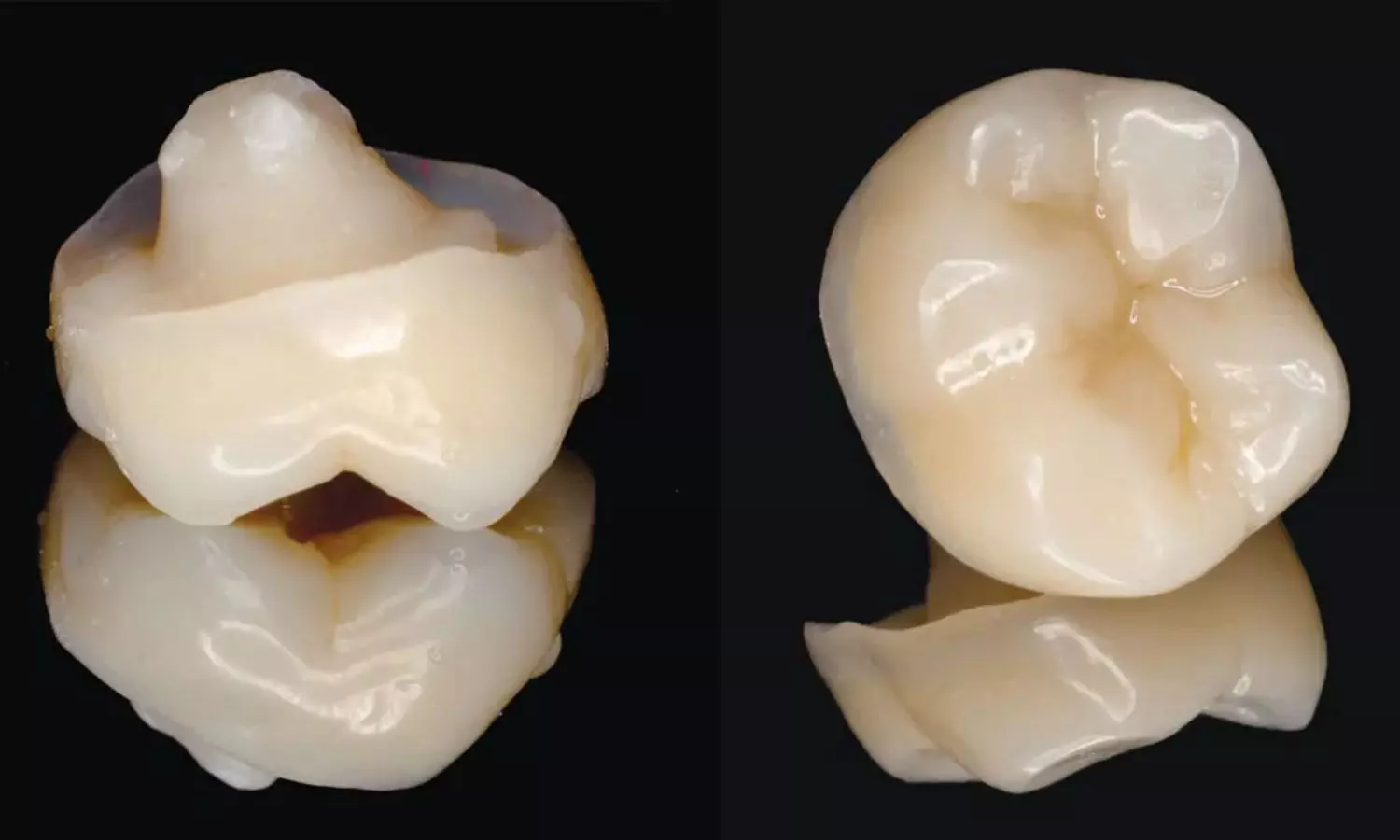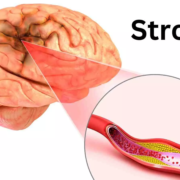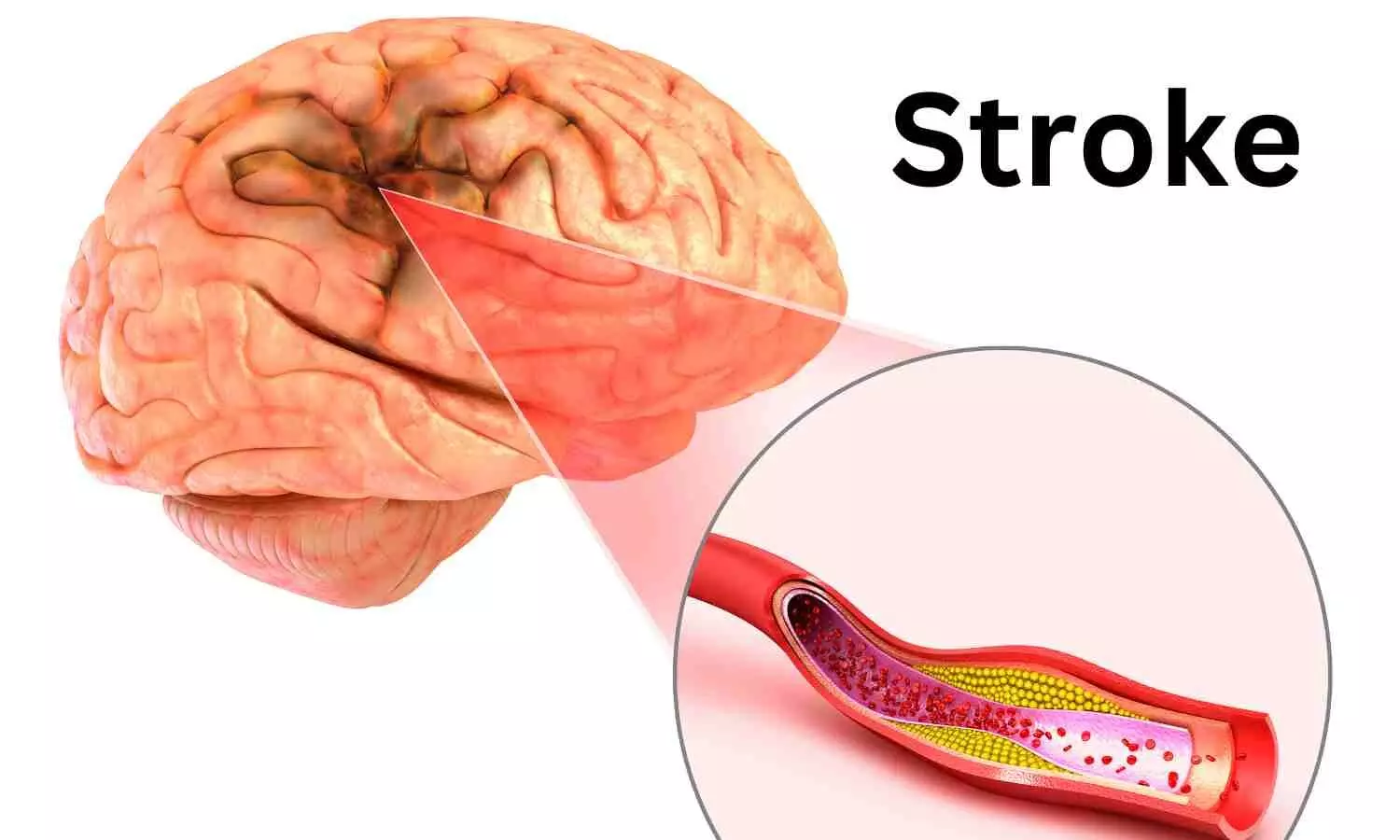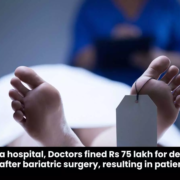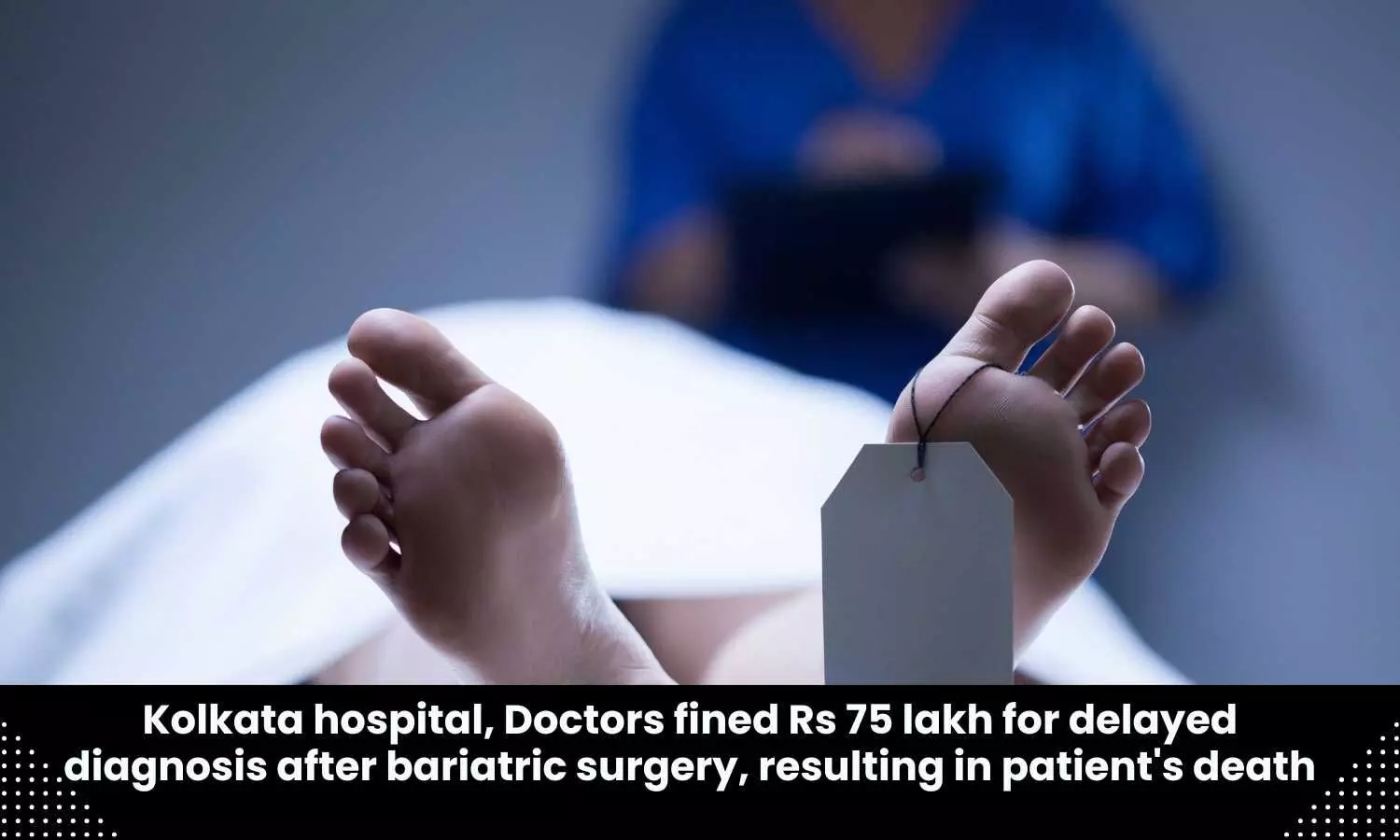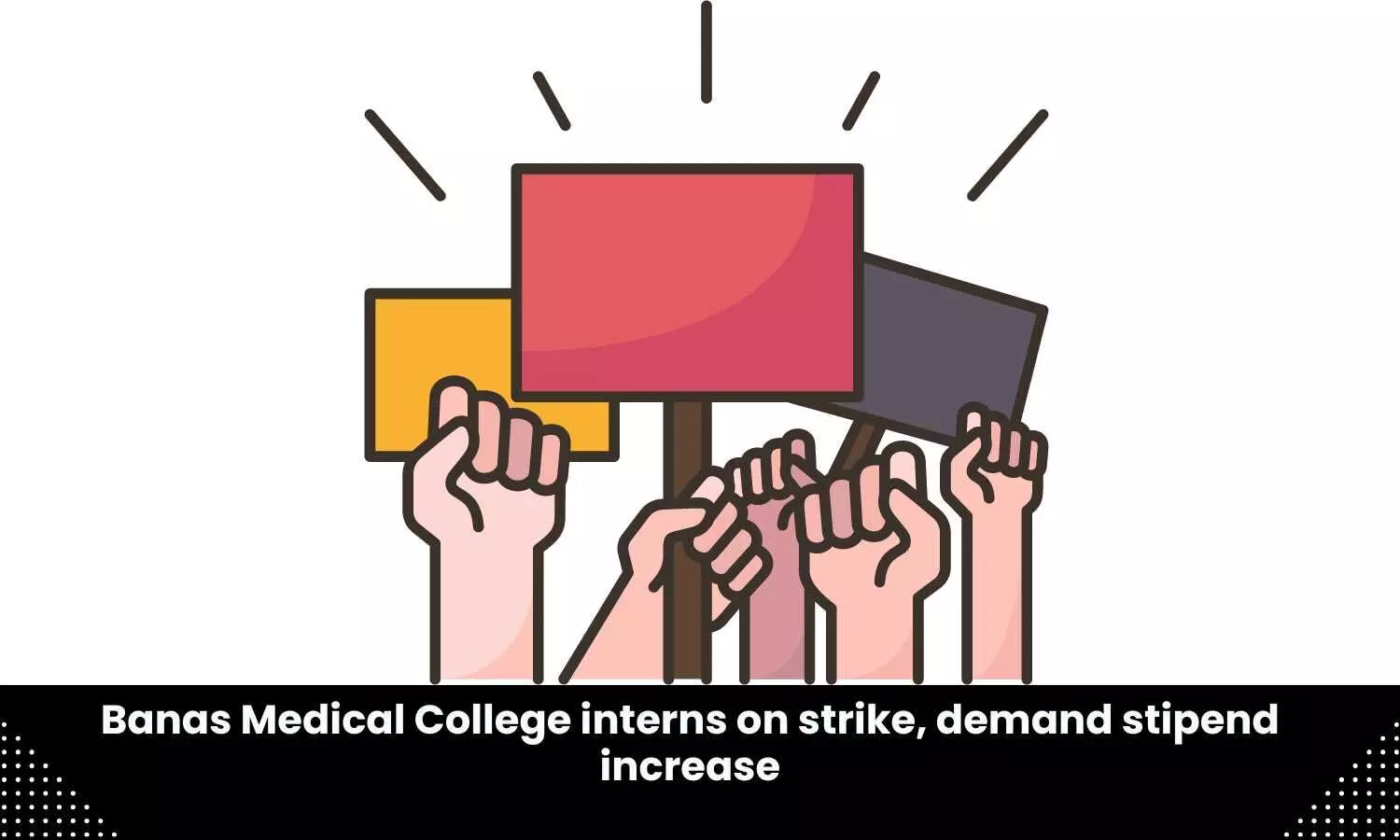Study reveals link between osteosarcopenia and mortality in older adults undergoing TAVR

Canada: A recent study investigating the association between osteosarcopenia and mortality among older adults undergoing transcatheter aortic valve replacement (TAVR) has unveiled concerning findings, highlighting the importance of addressing musculoskeletal health in cardiovascular interventions. The study, conducted by a multidisciplinary team of researchers, offers valuable insights into the impact of osteoporosis and sarcopenia on clinical outcomes in this vulnerable population.
The cohort study of 605 older patients undergoing TAVR, published in JAMA Cardiology, showed that osteosarcopenia detected using clinical CT scans could be used to identify frail patients with a 3-fold increase in 1-year mortality after TAVR.
The study stated that the opportunistic method for osteosarcopenia assessment could be used to support decision-making, improve risk prediction, and trigger rehabilitation interventions in older adults.
“The findings showed that osteosarcopenia was coprevalent with geriatric syndromes, such as frailty, and was tied to a 2-fold increase in incident disability and a 3-fold increase in 1-year mortality,” the researchers reported. Isolated findings of low bone density or low muscle mass were not associated with mortality or incident disability.
TAVR has emerged as a minimally invasive treatment option for severe aortic stenosis in older adults deemed high risk for traditional surgical procedures. While TAVR has revolutionized the management of aortic valve disease, the potential influence of musculoskeletal health on post-procedural outcomes has garnered increasing attention among clinicians and researchers.
Osteosarcopenia is a condition characterized by the coexistence of osteoporosis and sarcopenia. Osteoporosis involves the weakening of bones, while sarcopenia is the loss of muscle mass and strength, which are common age-related conditions associated with frailty and increased mortality risk.
Despite the established relevance of sarcopenia and frailty among older adults undergoing TAVR, osteosarcopenia has yet to be investigated in this setting. Therefore, Pablo Solla-Suarez, Jewish General Hospital, McGill University, Montreal, Québec, Canada, and colleagues aimed to determine the association between osteosarcopenia and adverse outcomes following TAVR.
For this purpose, the researchers conducted a post hoc analysis of the FRAILTY-AVR prospective multicenter cohort study and McGill extension that enrolled patients aged 70 years or older undergoing TAVR from 2012 through 2022. The trial was conducted at 14 centers in France, the US, and Canada between 2012 and 2016, and patients at McGill University were enrolled on an ongoing basis up to 2022.
Clinically indicated CT scans acquired before TAVR were analyzed to quantify vertebral bone density (VBD) and psoas muscle area (PMA). Osteosarcopenia was defined as a combination of low VBD and low PMA according to published cutoffs.
The primary outcome was 1-year all-cause mortality. Secondary outcomes included hospital length of stay, 30-day mortality, disposition, and worsening disability.
The researchers reported the following findings:
- Of the 605 patients (45% female), 72% were octogenarian; the mean age was 82.6 years. The mean PMA was 22.1 cm2 in men and 15.4 cm2 in women. Mean VBD was 104.8 Hounsfield units (HU) in men and 98.8 HU in women.
- 15% of the patients met the criteria for osteosarcopenia and had higher rates of frailty, fractures, and malnutrition at baseline.
- One-year mortality was highest in patients with osteosarcopenia (32% patients), followed by those with low PMA alone (14% patients), low VBD alone (11% patients), and normal bone and muscle status (9% patients).
- Osteosarcopenia, but not low VBD or PMA alone, was independently associated with 1-year mortality (odds ratio [OR], 3.18) and 1-year worsening disability (OR, 2.11).
- The association persisted in sensitivity analyses adjusting for the Essential Frailty Toolset, Clinical Frailty Scale, and geriatric conditions such as malnutrition and disability.
“Osteosarcopenia, as assessed by CT, is a novel geriatric risk factor that can be measured opportunistically before TAVR to inform decision-making and identify patients who may benefit from rehabilitation interventions,” the researchers wrote.
Reference:
Solla-Suarez P, Arif SG, Ahmad F, et al. Osteosarcopenia and Mortality in Older Adults Undergoing Transcatheter Aortic Valve Replacement. JAMA Cardiol. Published online May 15, 2024. doi:10.1001/jamacardio.2024.0911
Powered by WPeMatico



